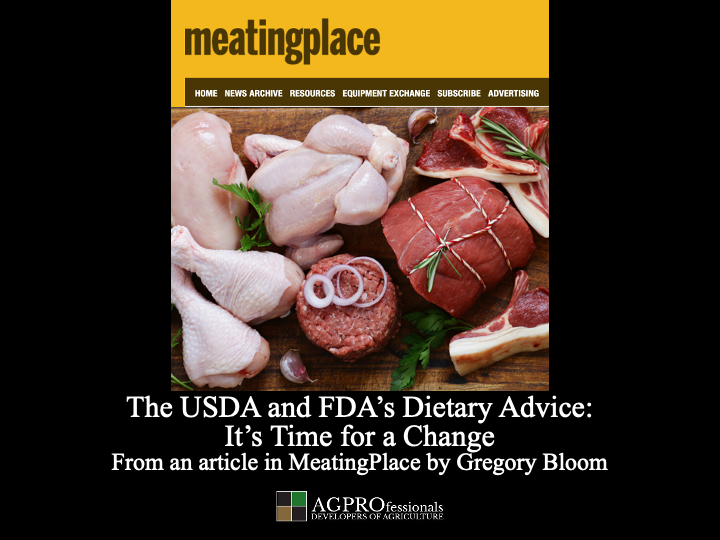It’s time to question the role of the U.S. government in shaping our food choices and health. The recently released recommendations from the USDA’s 2025 Dietary Guidelines Advisory Committee (DGAC) continue to push Americans away from animal proteins, favoring plant-based options like beans, peas, and lentils. The DGAC emphasizes “nutrient-dense” and “low-fat” foods, urging Americans to choose plant proteins over animal sources to meet nutrient needs while avoiding saturated fats. But the science behind this shift, heavily influenced by food industry funding, is selective at best and overlooks key nutritional realities, particularly the benefits of meat.
Critics, including the National Cattlemen’s Beef Association (NCBA), argue that such advice is not only out of touch with American eating habits but may also be doing more harm than good. Despite decades of USDA and FDA guidelines promoting reduced red meat consumption, the nation is experiencing a concerning rise in obesity and nutrient deficiencies. This trend is particularly troubling among children and young adults, who are increasingly affected by poor dietary quality and sedentary lifestyles.
Consider the current health crisis facing our nation’s youth: Nearly 1 in 5 U.S. children and adolescents are affected by obesity, leading to increased risks of Type 2 diabetes, high blood pressure, and other chronic diseases. This is not just an individual health crisis but a national security issue. As of recent reports, approximately 35% of young adults are disqualified from military service due to obesity or related health conditions. The Department of Defense has even initiated a “Future Soldier Preparatory Course” to help underqualified recruits meet fitness standards, highlighting just how significant this health crisis has become.
Military leaders and public health experts warn that if obesity and poor physical fitness among youth continue to escalate, the future pool of eligible military recruits will shrink even further, undermining national security. This reality begs the question: If our dietary guidelines are truly meant to promote health, why are we facing such alarming outcomes?
Some argue that the USDA’s and FDA’s longstanding war on saturated fats and animal proteins is a major contributing factor. Decades of recommendations to avoid red meat and saturated fats have coincided with an increase in the consumption of ultra-processed foods, many of which lack essential nutrients found in whole, unprocessed animal products.
Meat is a powerful source of bioavailable iron, vitamin B12, and high-quality protein—nutrients that are difficult to obtain in sufficient amounts from plant-based foods alone, especially for vulnerable groups like adolescent girls and older adults. The protein in meat is also particularly effective at promoting satiety, helping you feel fuller for longer and naturally reducing cravings and overeating.
In light of this, it’s worth asking: is the DGAC’s push for plant-based diets driven by solid, unbiased science, or by the interests of food industry giants who stand to profit from increased sales of processed plant-based products? Organizations like the Nutrition Coalition have raised concerns about potential conflicts of interest within the DGAC, pointing out that committee members and studies they rely on often have financial ties to large food corporations.
The disconnect between government dietary guidelines and real-world health outcomes has never been more apparent. With each new set of guidelines, the USDA and FDA seem further detached from the needs of Americans striving for optimal health. As these recommendations move toward official adoption, it’s crucial for consumers, health professionals, and policymakers to question the science—and the motivations—behind them.
In the meantime, maybe it’s time to step back from federally promoted food guidelines and ask ourselves some basic, observable questions: Are our children healthier than previous generations? Is our military more physically fit? Sadly, the answer appears to be a resounding “no.”
How much longer will we tolerate this anti-meat agenda? The time has come for a bold overhaul in the way our national nutrition policy is shaped.

